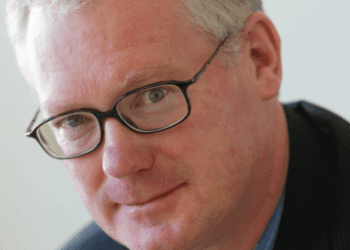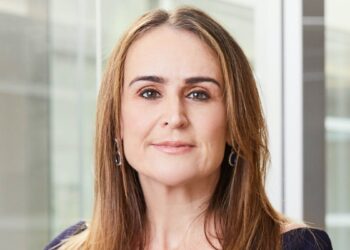Felipe Araujo, general manager of Generation Life, told SMSF Adviser that its own research has found that 84 per cent of retirees do not understand how the proposed super tax could affect their investment choices, retirement plans or their tax implications.
Araujo said the company’s research also found that only 16 per cent of unadvised pre-retirees feel comfortable and happy about their retirement plans.
“That talks to Australians, at this point in time, feeling uncertain about their retirement goals,” he said.
“Presently, financial advice is cost-prohibitive for a large proportion of Australians to access and although the government is moving to remove some of those complexities, we wanted to flag the importance of engaging with a professional to understand what is required for a comfortable retirement.”
Araujo said people who do have access to financial advice usually have investments associated with their risk profile and have the correct investment to suit their time in life and the right structures in place regarding tax implications and wealth growth.
“They can achieve their financial goals and have security that they are in a financial position to potentially give the next generation a healthy start.”
He said he believes the proposed Div 296 tax could push more people to seek financial advice to achieve their goals, especially for intergenerational estate planning, and to investigate different investment options to avoid potential tax implications with the proposed changes in legislation.
“From a Generation Life perspective we recognise super is the most tax-effective structure in the marketplace and encourage advisers to maximise super for their clients,” he said.
“However, for pre-retirees and those facing Div 296 tax, there is a need for complementary structures. In a world of financial certainty, you can focus just on asset classes but not so much on structures and how to utilise them to pass on wealth.”
With the flagged changes to superannuation legislation, Araujo said advisers should start having conversations with clients about the need for alternative strategies and structures to achieve the goals around retirement.
“There is now an opportunity for the industry to showcase what it has and for advisers to engage clients in better conversations around wealth accumulation, protection and passing it on to the next generation.”
Araujo said an alternate structure that may be considered was once a more traditional investment option and has since undergone a resurgence as concern over the super legislation has grown.
“Investment bonds, which were previously known as insurance bonds, have been around for a long time and they have now evolved to include features that facilitate intergenerational wealth transfer, even to non-dependants,” he said.
“If you think about investment structures that are now available, especially if they are in a personal name, they run the risk of marginal tax benefit creep – the more you earn the more tax you pay.”
Although a family trust is also a popular structure for growing wealth, Araujo said they also have drawbacks such as the need to distribute income or CGT to beneficiaries.
“Investment bonds should be part of the conversations advisers have with the clients in light of the proposed changes to the sector. As it stands, superannuation fund members won’t be able to transfer assets out of the super environment and would likely have to sell them, but it is possible to move those proceeds into investment bonds,” he said.
“Although there is no certainty as to what the final super tax legislation will look like, now may be an opportunity for those clients who may be in the lucky position of having $3 million in their account to move it into structures such as investment bonds that can be put in their name and form part of their estate.”



It is true that a withdrawal from super and purchase of an investment bond will still leave the relevant tax rate at 30% (internal tax rate on investment bond earnings) rather than up to 47%, but what if you cannot withdraw? Single asset SMSF’s which own single assets such as small business premises or family farms or SMSF members under the age of 60 will not be able to deploy this tactic.